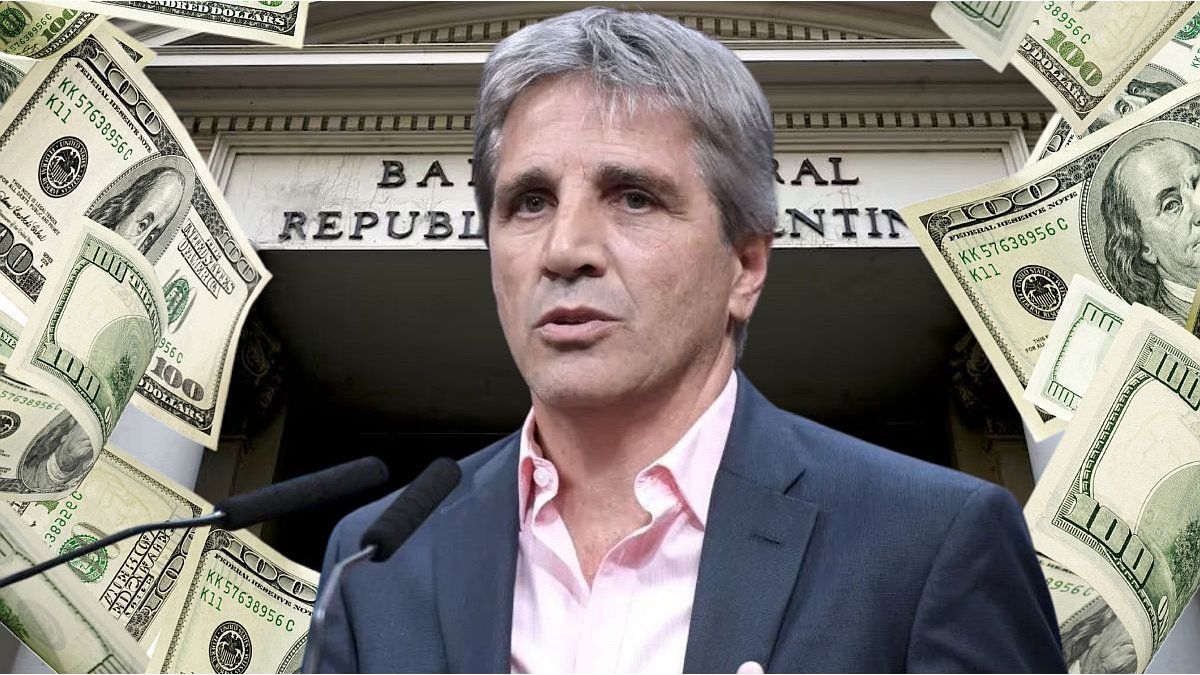Emiliano Anselmi, from Portfolio Personal Inversiones, pointed out: “Parities are rising, the country-risk is barely above 2,000 basis points and the dollar is very calm. To which must be added, also, the last tender of the Treasury, which was very positive and a soybean dollar that works. The question is how we will spend the summer. Clearly, when the soybean dollar runs out, agricultural sales will decrease because there will be little wheat and the Central Bank will have to manage the shortage.”
“We know that there is still demand from corporations with excess pesos that seek refuge in the titles of foreign legislation to avoid any shock of debt in pesos next year, while the interest of foreign players allows the parities in dollars to extend the rise without an increase in the CCL,” a PPI report noted.
Lucas Biagetti, from Quaestus Advisory, stressed that Massa’s arrival provided signs that mark “a path of greater order.” Among them, he highlighted: “A cut in public spending, the suspension of transitory advances to the Treasury, the various price agreements that it is trying to carry out with businessmen in different sectors, the deceleration of the inflationary rhythm, incentives for exporters in the agricultural sector, decompression of the tight schedule of maturities by the Treasury, among others. Although they are not substantive issues, the forms adopted and the management to avoid a structural crisis reduced the level of uncertainty”.
perspectives
“Looking ahead to 2023, it is difficult to speculate on what levels the country risk may be at, considering that it is a year of many challenges for the Government, both politically and economically. The market is going to adjust after the possibilities of continuing with the established payment plan and the speed from which they can reach it. The other factor to consider is how global liquidity levels will behave, considering that we have not yet reached the end of the Fed’s contractionary process and that we will surely continue at tight levels in terms of global liquidity over the next year. Due to the characteristics of the Argentine debt, it may be particularly negatively affected by a global liquidity crisis, and at the same time it may be one of the main winners if this crisis does not occur”, said Biagetti.
Likewise, the financial analyst Salvador Vitelli considered: “The risk indicator could have more downward travel next year, as long as there is a change of direction towards more favorable measures for the market. What will determine it is the performance of the bonds, which can further increase their prices by going to more reasonable parities, given that they are still at default levels with very high IRR. Likewise, it must be taken into account that the relationship coefficient with emerging markets is 94%, so that the movement of our bonds is almost always explained by the movement of other emerging assets, and not only local factors”.
Source: Ambito
David William is a talented author who has made a name for himself in the world of writing. He is a professional author who writes on a wide range of topics, from general interest to opinion news. David is currently working as a writer at 24 hours worlds where he brings his unique perspective and in-depth research to his articles, making them both informative and engaging.




